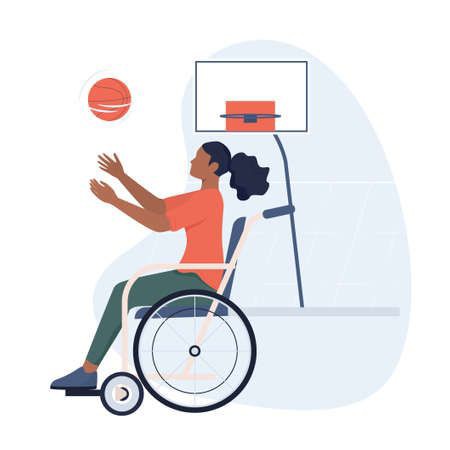
Inclusive sports equipment and gear for children with disabilities: A guide for parents
As a parent of a child with disabilities, it can be challenging to find suitable sports equipment and gear. Inclusive sports equipment and gear can make all the difference, allowing your child to participate in activities that would otherwise be inaccessible to them. This guide will help you find the right equipment and gear for your child and ensure they can enjoy sports just like any other child.
- Consider the type of disability
The first step is to consider your child’s disability. Some disabilities may require specific equipment or gear to participate in certain sports. For example, a child with a visual impairment may need a ball with bells inside to play soccer or a beep sound to indicate the ball’s location. Meanwhile, a child with a physical disability may require adaptive equipment such as hand pedals to ride a bike. - Look for adaptive equipment
Adaptive equipment is designed to make sports more accessible for children with disabilities. This can include specialized wheelchairs, modified bikes, and prosthetic limbs. There are many adaptive sports organizations that offer equipment rental programs, making it easier for parents to find the equipment they need without investing a lot of money upfront. - Consider safety equipment
Safety is paramount when it comes to sports, and this is especially true for children with disabilities. Make sure your child wears appropriate safety gear, such as helmets, pads, and guards, for the specific sport they are participating in. You may need to look for adaptive safety gear that is designed for children with disabilities. - Seek advice from professionals
If you’re unsure about which equipment or gear is best for your child, seek advice from professionals. This can include physical therapists, occupational therapists, and adaptive sports coaches. They can provide valuable insights into which equipment and gear will best suit your child’s needs and abilities. - Consider the sport
The type of sport your child participates in will also impact the equipment and gear they need. For example, if your child is interested in swimming, they may need a specialized swimsuit that provides extra buoyancy. Similarly, if your child wants to play basketball, they may need a hoop that can be adjusted to different heights. - Find inclusive sports programs
In addition to finding inclusive sports equipment and gear, it’s essential to find inclusive sports programs that cater to children with disabilities. These programs are designed to ensure that all children can participate in sports, regardless of their abilities. Inclusive sports programs may have specialized equipment or coaches who can work with children with disabilities to ensure they can participate fully. - Encourage your child to participate
Finally, it’s important to encourage your child to participate in sports. Many children with disabilities may feel self-conscious or unsure about their abilities. By providing them with the right equipment and gear, you can help them feel more confident and empowered to participate in sports.
In conclusion, inclusive sports equipment and gear can make a significant difference in the lives of children with disabilities. By considering your child’s specific needs, seeking advice from professionals, and finding inclusive sports programs, you can help your child participate in sports and reap the many benefits that come with physical activity.
